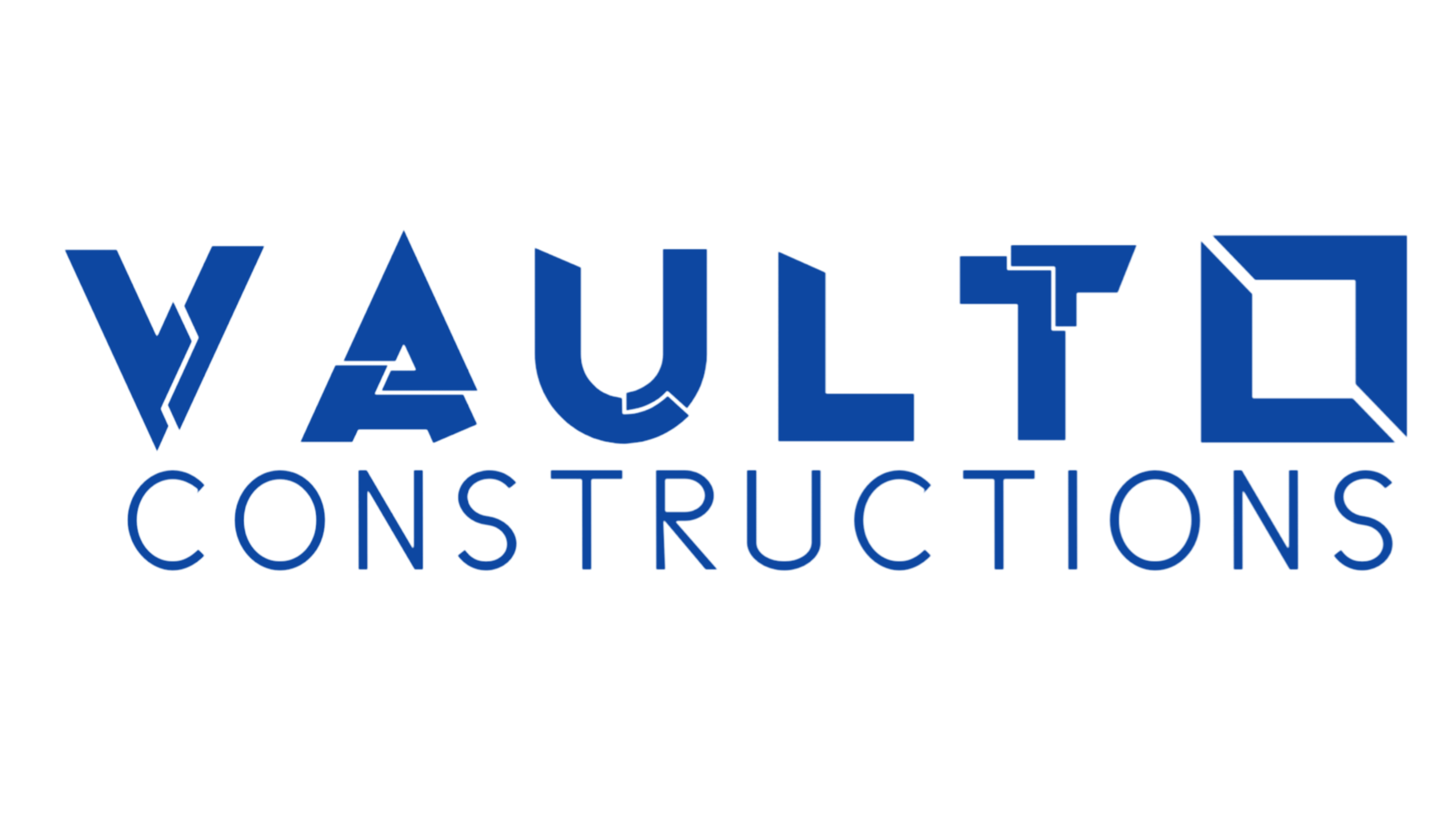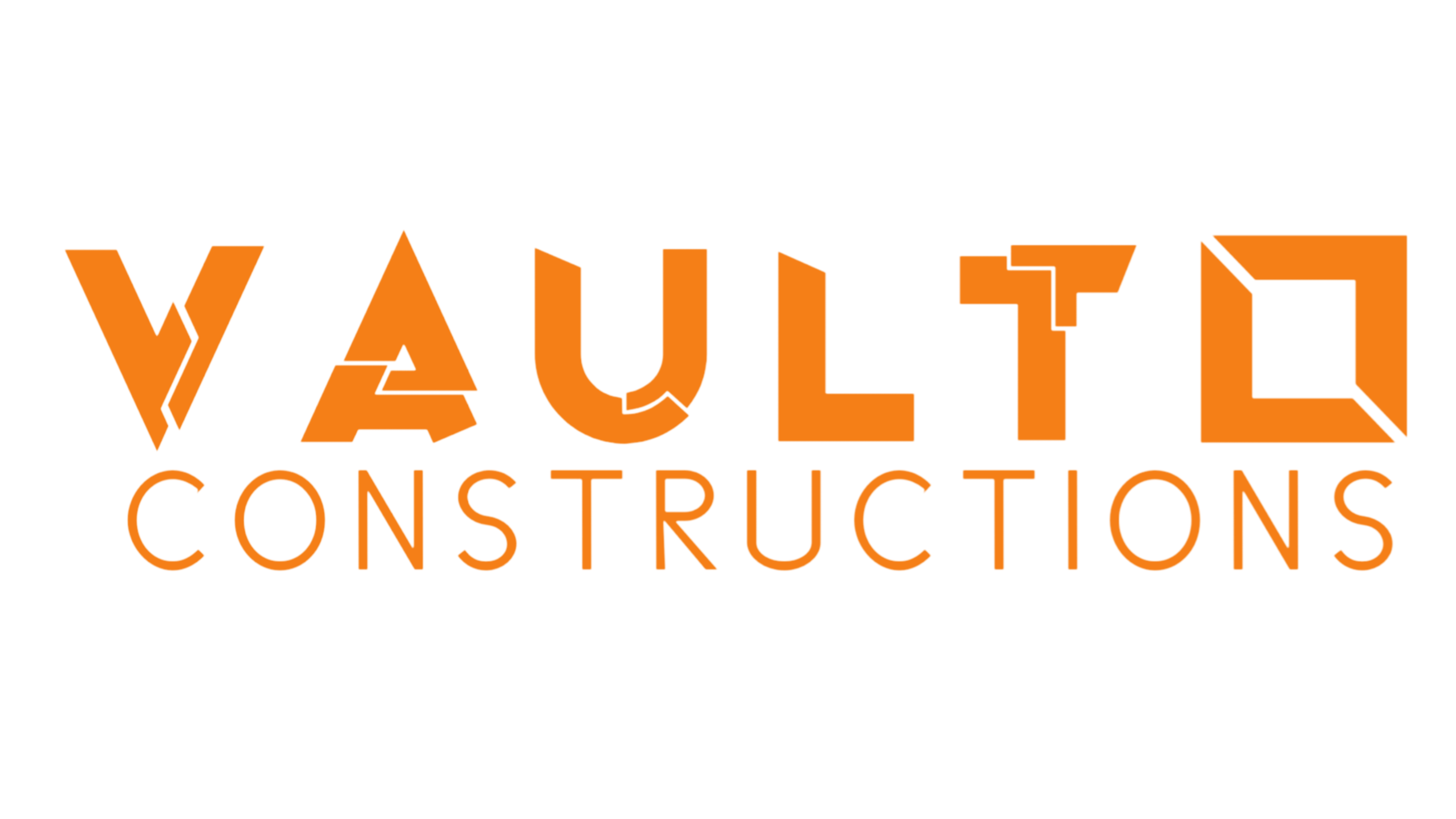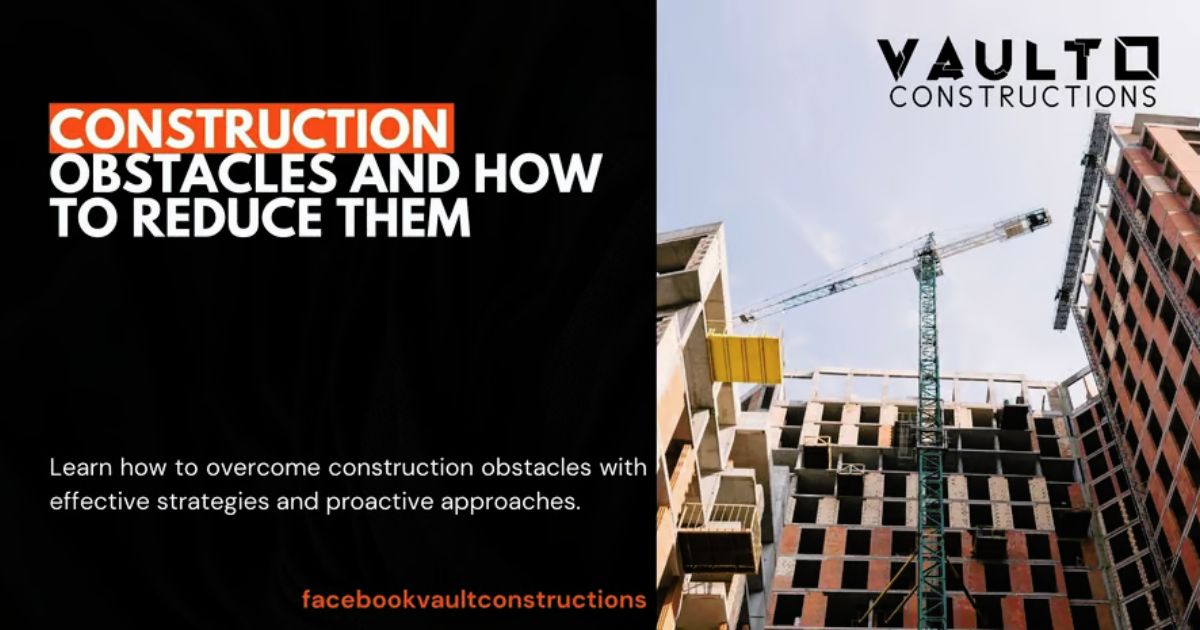Construction projects are sometimes fraught with stumbling blocks that impede development and raise costs. These Construction obstacles, however, can be reduced by applying effective techniques and leveraging modern technologies. In this essay, we will look at typical building issues and propose practical solutions to mitigate their impact. We can ensure smoother project execution and better outcomes in the construction business by applying these solutions.
How the constructional obstacles may be defined:
Constructional hurdles are issues or barriers that can develop during the construction of a building or infrastructure project. These roadblocks can stymie development, extend the project timetable, increase costs, and necessitate additional resources to overcome. Design defects, inadequate planning, site conditions, logistical challenges, regulatory constraints, environmental considerations, and unforeseen occurrences can all cause construction issues.
1.Sort Of Construction Obstacles:
During a construction project, several forms of construction problems may develop.
Delays in permissions and Approvals: Obtaining appropriate permissions and approvals from regulatory agencies can take time. Delays in obtaining these licences can stymie construction progress greatly.
Unusual weather patterns: Like serious precipitation, tempests, or outrageous temperatures, can upset development timetables and posture wellbeing issues. The presence of protected wildlife or dangerous materials, for example, may necessitate further measures and approvals.
Budget Constraints: Keeping building projects under budget is a huge difficulty. Unexpected cost overruns, shifting material prices, and changes in project scope can strain budgets and jeopardise project feasibility.
Skilled Labour Shortages: The construction industry frequently has a skilled labour shortage, making it harder to hire and retain qualified individuals. This shortage may result in delays, poor quality, and higher labour expenses.
Design Changes and Coordination Issues: During the construction phase, changes in design or scope can disrupt workflow and cause delays. Poor coordination among many stakeholders, such as architects, engineers, and subcontractors, can lead to disagreements and errors in coordination.
2.Common Construction Obstacles
The most common construction hurdles vary based on the project and conditions, however these are some of the most commonly encountered challenges in the construction industry:
Design and Scope Changes: Changes in project design or scope can stymie construction progress, resulting in rework, delays, and increased expenses. Limited Budget and Cost Overruns: Staying within budget is a significant challenge in construction projects. Unforeseen expenses, fluctuating material prices, and inadequate cost estimation can result in budget constraints and cost overruns.
Delays in Permitting and Approvals: Obtaining required permits and approvals from regulatory agencies can be a time-consuming procedure, leading construction operations to be delayed.
Negative weather patterns: Horrible weather patterns, like weighty downpour, snow, or inordinate intensity, can upset development timetables and posture wellbeing issues. Environmental considerations, such as protected areas or delicate ecosystems, may necessitate additional safeguards and approvals.
Skilled Labour Shortages: The construction industry frequently experiences a skilled labour shortage, including tradesmen, craftspeople, and technologists. Finding suitable labour can be difficult, resulting in project delays and poor.
Quality Safety And Occupational Hazards: Construction sites are inherently hazardous environments. Inability to execute appropriate security gauges and consent to somewhere safe guidelines can bring about mishaps, wounds, and lawful liabilities.
Shortages of Construction Materials and Equipment: Shortages or delays in the delivery of construction materials and equipment can interrupt project timetables and impede progress.
Correspondence and Coordination Issues: False impressions, conflicts, and defers in navigation can happen when project partners, like planners, specialists, workers for hire, and subcontractors, neglect to impart and arrange actually.
Adoption and Integration of New Technologies: Adopting and integrating new technologies into construction processes can be difficult. Ineffective implementation of innovative ideas might be hampered by a lack of technology competence, opposition to change, and compatibility concerns.
3. Techniques For Reducing Construction Obstacles
To reduce building difficulties, proactive steps and effective solutions are required. Here are some techniques for mitigating and minimizing the impact of common building obstacles:
Thorough Planning and Risk Management: Before beginning construction, thoroughly plan and analyze the project. Identify potential roadblocks, assess risks, and devise contingency plans to overcome them. Implement effective risk management measures to limit and reduce the impact of unanticipated obstacles.
Early Partner Commitment: Include every single key partner, including modelers, specialists, workers for hire, and subcontractors, from the get-go in the undertaking. Encourage open communication, cooperation, and shared decision-making to ensure that everyone is on the same page with the project’s goals and can offer their skills to overcoming hurdles.
Simplified Permitting and Regulatory Processes: Work with regulatory authorities and local governments early on to understand permitting and approval requirements. Maintain open lines of communication and strive to simplify the permitting process by early submission, good documentation, and other methods.
Strong Project Management: Hire experienced project managers who can design, execute, and monitor the project efficiently. Use project management software and tools to efficiently track progress, manage timelines, and assign resources. Implement regular progress meetings to address issues as they arise.
Embrace Technology and Innovation: Use construction technology to streamline operations, increase production, and remove roadblocks. For improved project visualization and coordination, use Building Information Modelling (BIM). Drones can be used for site inspections and data collection. Investigate prefabrication and modular building techniques to reduce onsite labour and increase efficiency.
Effective Communication and Collaboration: Encourage project stakeholders to communicate clearly and openly. To keep everyone informed, convey project updates, developments, and issues on a regular basis. Use digital collaboration platforms to streamline communication channels and enable real-time information exchange.
Skilled Workforce Development: Invest in workforce development initiatives to address labor shortages. Give preparing projects, apprenticeships, and professional success valuable chances to draw in and hold talented laborers. Foster a pleasant work climate that promotes teamwork, collaboration, and professional advancement.
Robust Supply Chain Management: Establish solid partnerships with dependable suppliers and subcontractors. Maintain open lines of communication in order to predict and manage any problems. To avoid material shortages or price volatility, diversify your material procurement and investigate alternate providers.
Safety First: Priorities safety measures and strictly enforce adherence to health and safety procedures. To maintain compliance, conduct regular safety training, inspections, and audits. Allow workers to report and handle safety hazards as soon as they arise.
Continuous Improvement and Lessons Learned: Evaluate project performance on a regular basis and identify opportunities for improvement. Conduct post-project reviews to record lessons learnt and put them into action in future initiatives. Create a culture of innovation and learning to effectively adapt and overcome difficulties.
Conclusion
To conclusion, proactive planning, competent project management, embracing technology, and putting safety first are critical in decreasing construction barriers. The construction sector may overcome problems and achieve successful project outcomes by encouraging collaboration, investing in staff development, and continuously improving systems.


